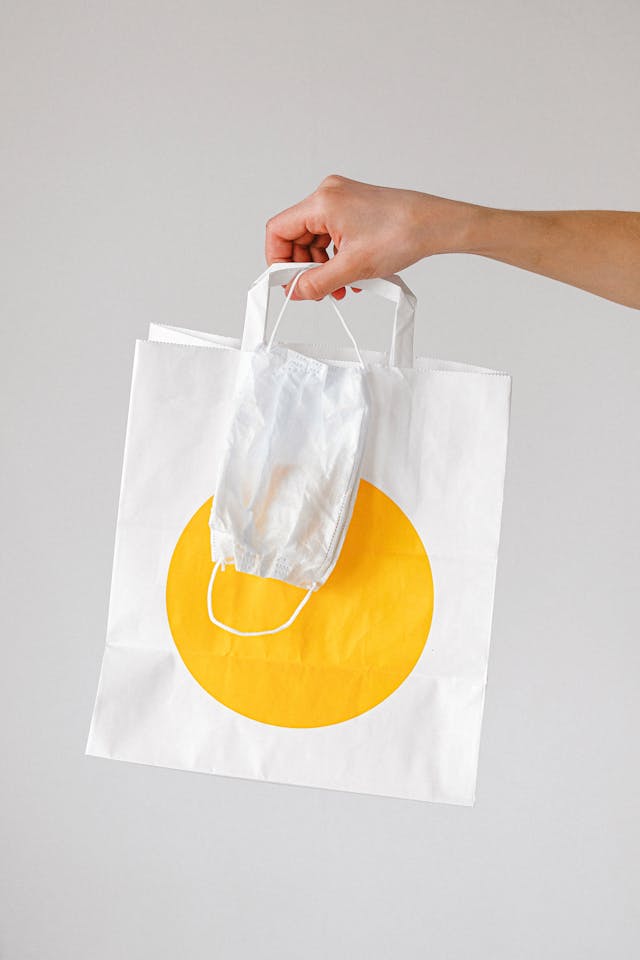In popular tourist destinations, where visitors often stay in hotels or vacation rentals without easy access to transportation, grocery delivery services have become increasingly popular. These services bridge the gap between tourists and their food needs, providing a convenient way to stock up on essentials without leaving their accommodations. Let’s take a closer look at how grocery delivery works in a tourist hub.
1. Placing an Order Tourists can typically place a grocery delivery order through a website or mobile app. They browse the available products, select their desired items, and specify a delivery time and location. Some services offer same-day delivery, while others require advance notice.
2. Order Processing Once an order is placed, it is sent to a local fulfillment center or grocery store partner. There, a personal shopper is assigned to the order and begins selecting the requested items. They carefully choose products based on quality, expiration dates, and any specific instructions provided by the customer.
3. Substitutions and Communication If a requested item is out of stock, the personal shopper will attempt to find a suitable substitution. They may communicate with the customer through the app or via text message to ensure the substitution meets their needs. Some services allow customers to pre-approve substitutions or opt out of them entirely.
4. Payment and Checkout After the personal shopper has gathered all the items, they proceed to checkout. The customer’s payment, which was typically collected at the time of ordering, is processed. Any changes to the final total due to substitutions or unavailable items are communicated to the customer.
5. Delivery The groceries are then carefully packaged and loaded into a delivery vehicle. Insulated bags and coolers are used to keep perishables fresh during transport. The delivery driver navigates to the specified address, which may be a hotel, resort, or vacation rental. They may need to park in designated areas and navigate through lobbies or elevators to reach the customer’s room.
6. Customer Receipt Upon arrival, the delivery driver will typically knock on the door or call the customer to announce their presence. They will hand over the groceries, which may be in bags or boxes, and may offer to assist with bringing them inside. The customer can then check their order for accuracy and freshness.
7. Feedback and Support After the delivery, customers can provide feedback through the app or website. If there are any issues with the order, such as missing or damaged items, they can contact customer support for assistance. Many services offer refunds or credits for unsatisfactory items.
Grocery delivery in tourist hubs has revolutionized the way visitors can access food during their stay. By partnering with local stores and employing personal shoppers, these services ensure that tourists can enjoy the convenience of a fully stocked fridge without the hassle of navigating unfamiliar stores or coordinating transportation. As the demand for these services grows, it’s likely that even more tourist destinations will see an increase in grocery delivery options, making it easier than ever for visitors to feel at home while on vacation.
